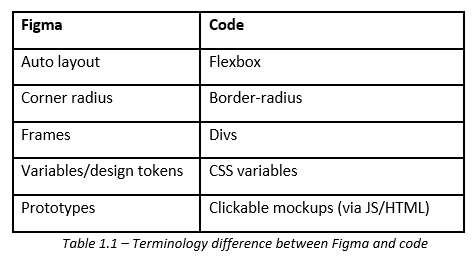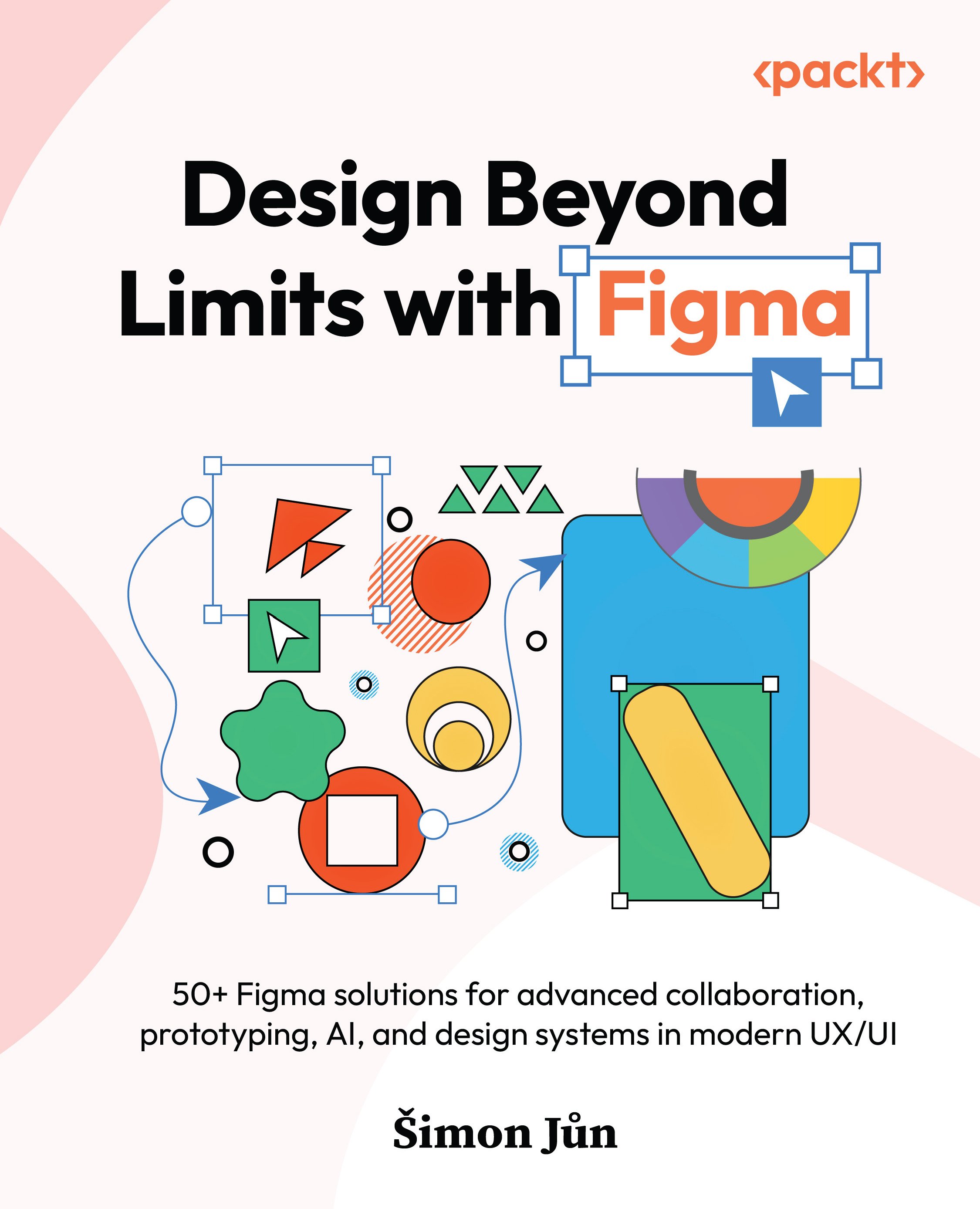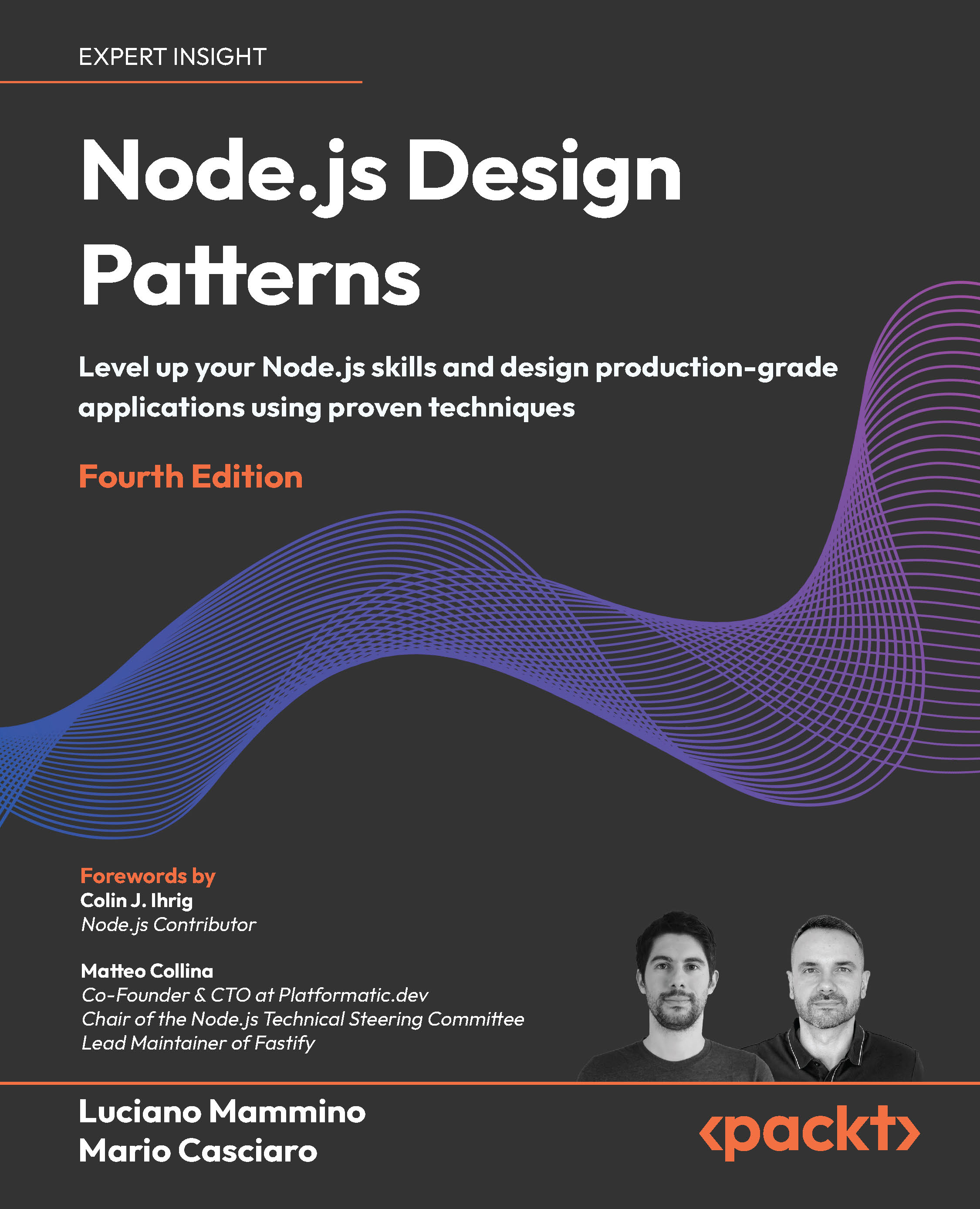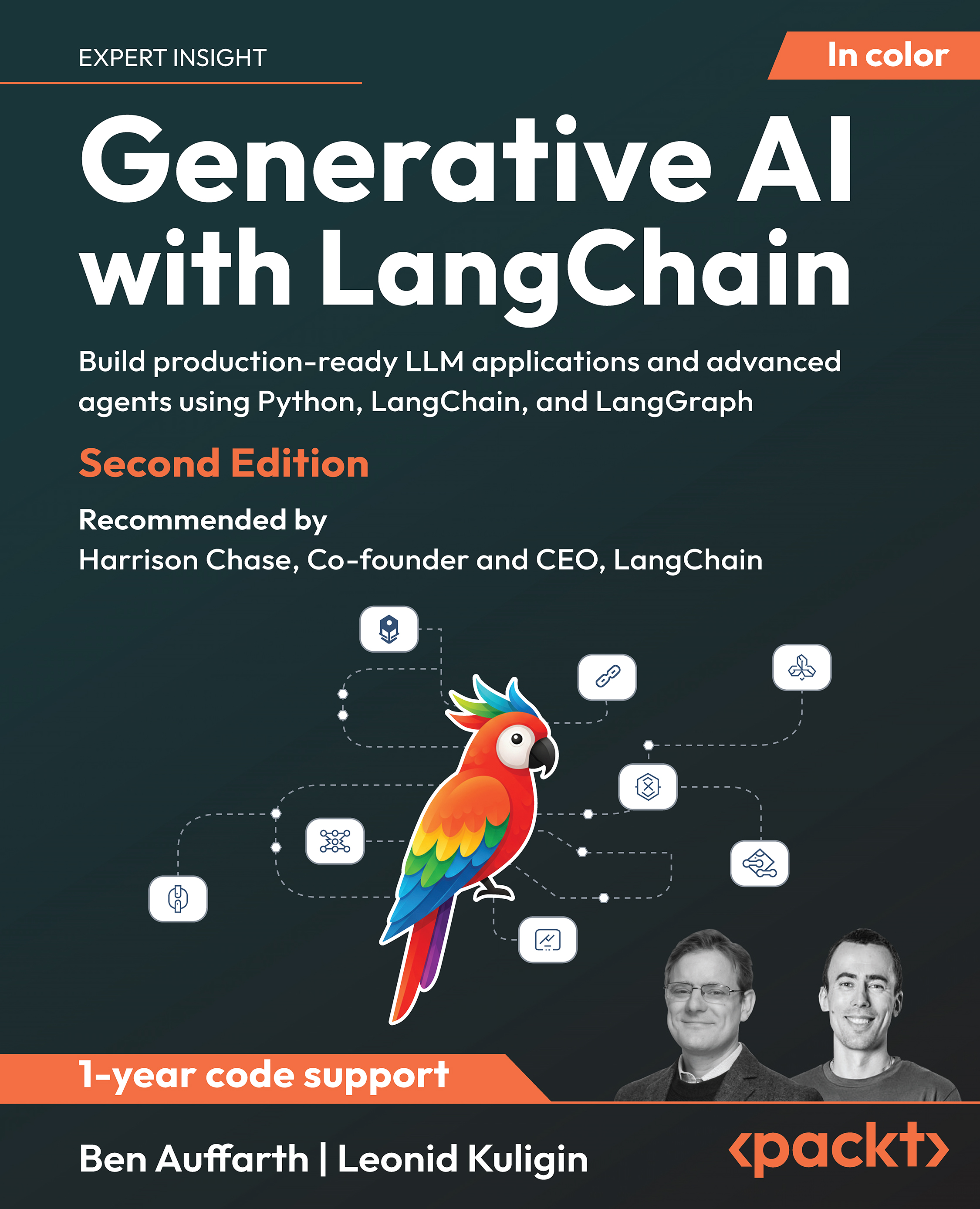Designers and developers are two essential forces in product development, but they often struggle to understand each other. As a designer, it’s important to remember that what you create in Figma isn’t the final product—the production code is. However, despite working toward the same goal, many teams face miscommunication that goes beyond just different terminologies and perspectives.
The challenges run much deeper than word choices. Designers and developers operate with fundamentally different mental models. Designers work with fluid, relational thinking, placing elements freely in space and considering visual hierarchy and flow—much like how Figma’s free-canvas approach works. Developers, on the other hand, operate within structured, hierarchical frameworks shaped by how code, databases, and systems are organized. They think in terms of top-to-bottom sequences, nested structures, and rigid organizational principles. This fundamental difference in spatial thinking creates natural tension when translating design to code.
Additionally, there’s often a knowledge gap around existing technical infrastructure. New designers, and even experienced ones joining a project, may lack the historical context of how current systems were built, what technical constraints exist, or what potential blockers might arise from legacy code. Understanding the production environment and existing technical architecture is crucial for creating designs that work within real-world constraints, not just in an ideal vacuum.
Here are some common terminology differences between Figma and code:
Unlock access to the largest independent learning library in Tech for FREE!
Get unlimited access to 7500+ expert-authored eBooks and video courses covering every tech area you can think of.
Renews at $19.99/month. Cancel anytime
 United States
United States
 Great Britain
Great Britain
 India
India
 Germany
Germany
 France
France
 Canada
Canada
 Russia
Russia
 Spain
Spain
 Brazil
Brazil
 Australia
Australia
 Singapore
Singapore
 Canary Islands
Canary Islands
 Hungary
Hungary
 Ukraine
Ukraine
 Luxembourg
Luxembourg
 Estonia
Estonia
 Lithuania
Lithuania
 South Korea
South Korea
 Turkey
Turkey
 Switzerland
Switzerland
 Colombia
Colombia
 Taiwan
Taiwan
 Chile
Chile
 Norway
Norway
 Ecuador
Ecuador
 Indonesia
Indonesia
 New Zealand
New Zealand
 Cyprus
Cyprus
 Denmark
Denmark
 Finland
Finland
 Poland
Poland
 Malta
Malta
 Czechia
Czechia
 Austria
Austria
 Sweden
Sweden
 Italy
Italy
 Egypt
Egypt
 Belgium
Belgium
 Portugal
Portugal
 Slovenia
Slovenia
 Ireland
Ireland
 Romania
Romania
 Greece
Greece
 Argentina
Argentina
 Netherlands
Netherlands
 Bulgaria
Bulgaria
 Latvia
Latvia
 South Africa
South Africa
 Malaysia
Malaysia
 Japan
Japan
 Slovakia
Slovakia
 Philippines
Philippines
 Mexico
Mexico
 Thailand
Thailand



















